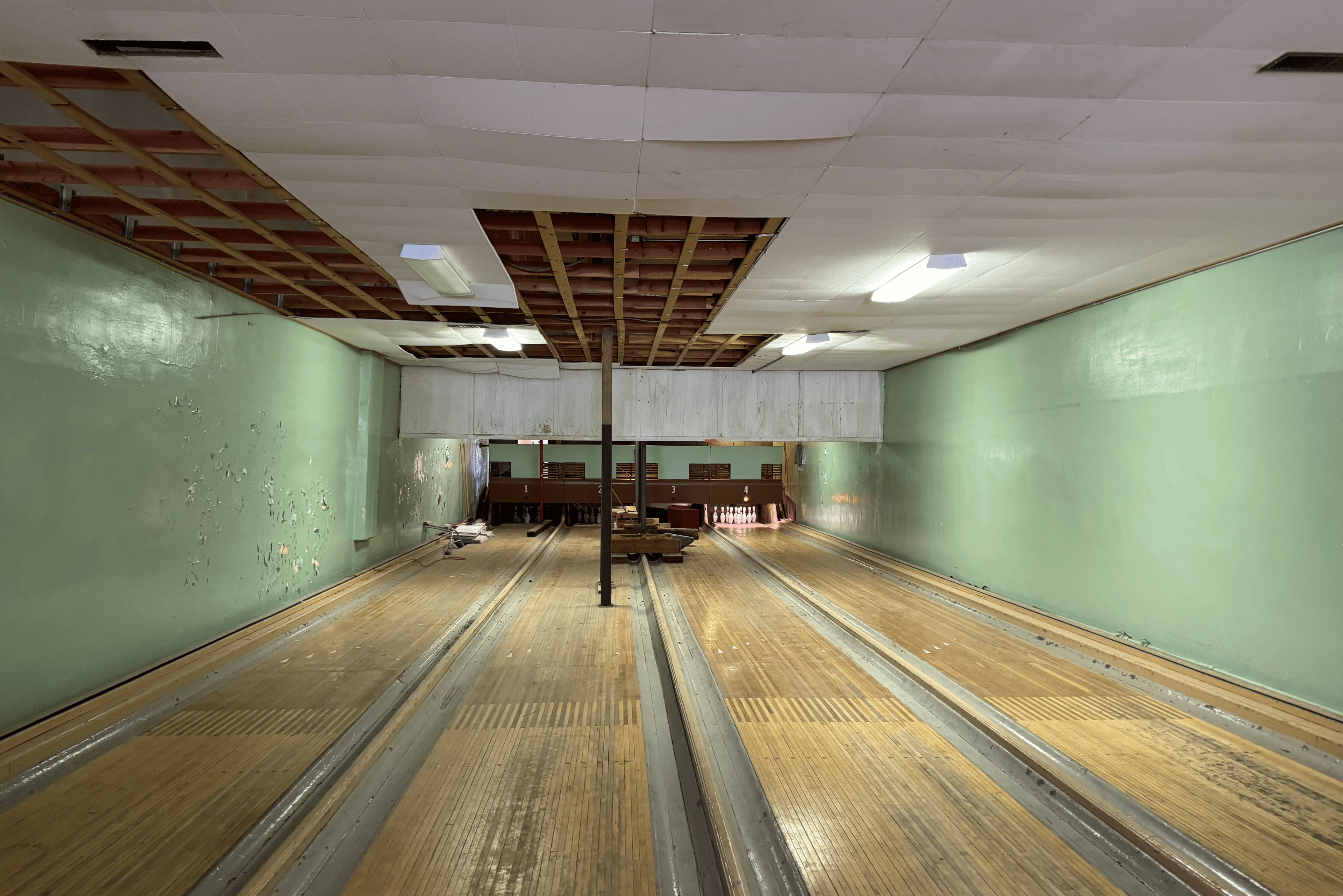
A bowling alley built in 1900 in Victor, Colo. is one of five sites added to Colorado’s Most Endangered Places list. The list is updated each year through Colorado Preservation, Inc. to highlight buildings and locations throughout the state that are at risk of loss due to a variety of factors, including age, neglect, deterioration, and environmental elements.
“With a lot of the endangered places that we did list this year, they are all about adaptive reuse and figuring out how we are able to preserve history while also being conscious about including this history in our future and for future generations as well,” said Katie Peterson, the director of Colorado’s Most Endangered Places.
Here are the endangered places added to this year’s list, two previous ones now considered saved, and one designated as lost.
Endangered: Costilla County Mission Churches in the San Luis Valley
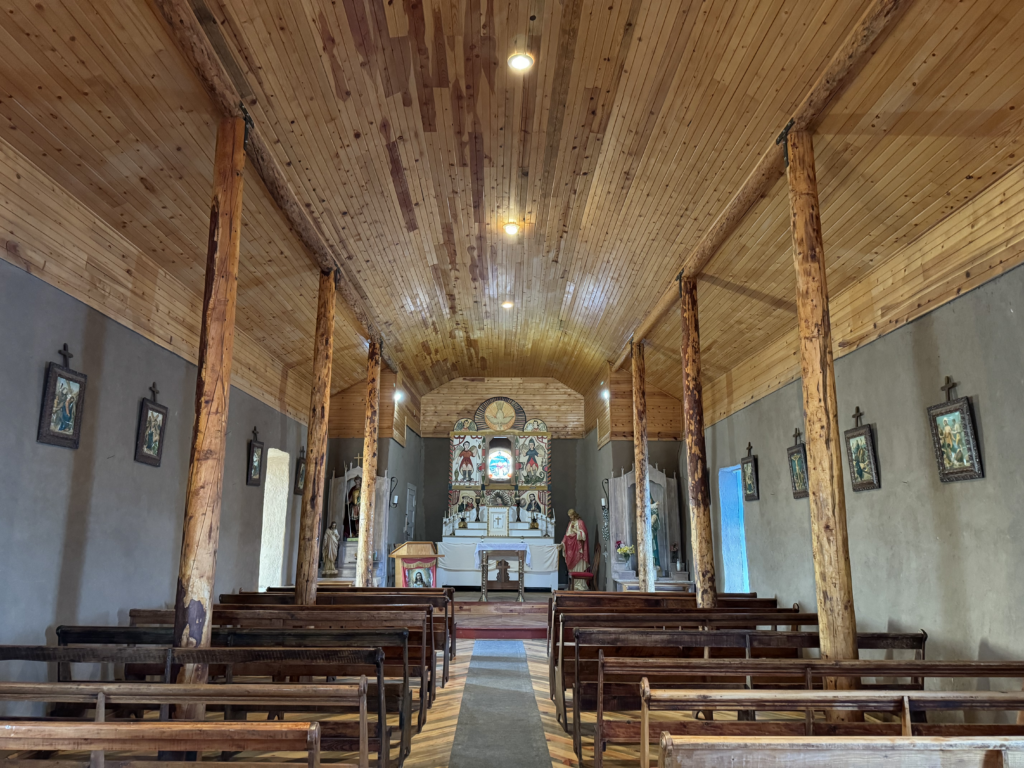
Churches were at the heart of the community in Costilla County in the San Luis Valley in the 19th century. Nine churches owned by the Diocese of Pueblo are in various stages of deterioration. Three have been condemned, including one where the bell tower is no longer stable.
“These churches, parishes, and irrigation ditches, they embody communal living in the San Luis Valley. And for generations, the Valley's residents have relied on these assets and their local community to survive,” said Peterson.
Endangered: Kit Carson Museum Complex in Bent County
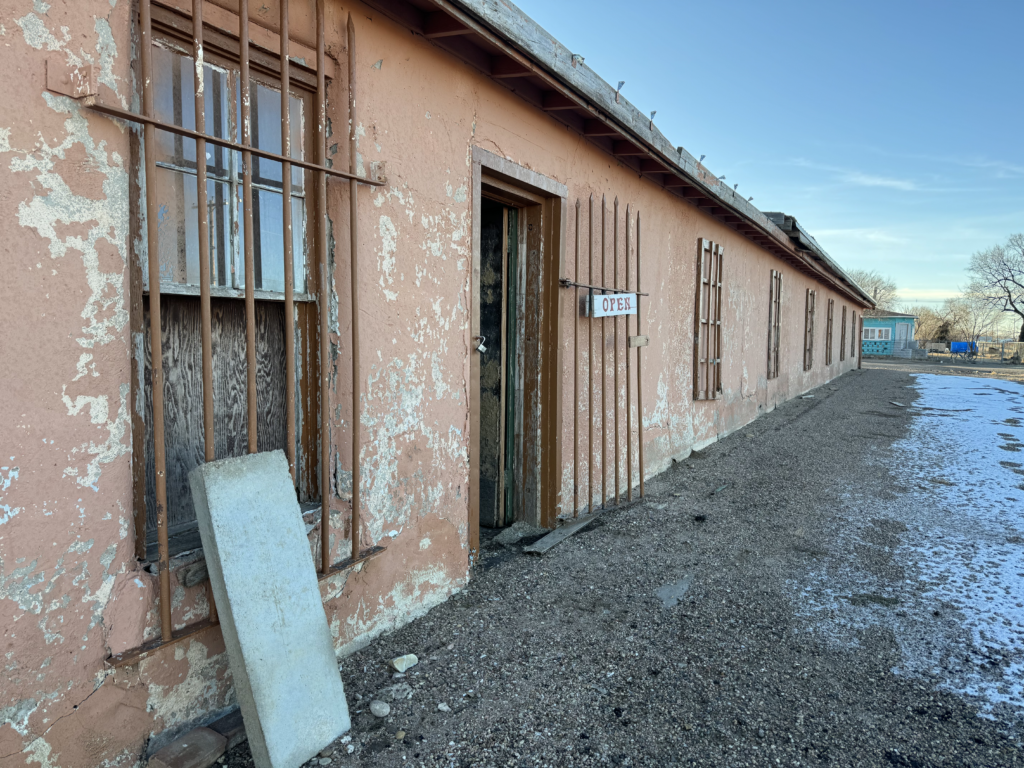
More than a former museum, the complex represents various aspects of Colorado's history. The first building in the complex was built in 1876 to serve as the Bent County jail. An additional structure built in the 1940s was used for a prisoner-of-war camp for German officers during World War II.
The building that housed the barracks is believed to be the last standing building connected to Jamaican farmers who were brought to the US through a guest worker program. The buildings were used as the Las Animas museum from 1961 through 2009.
Endangered: Valmont School in Boulder County
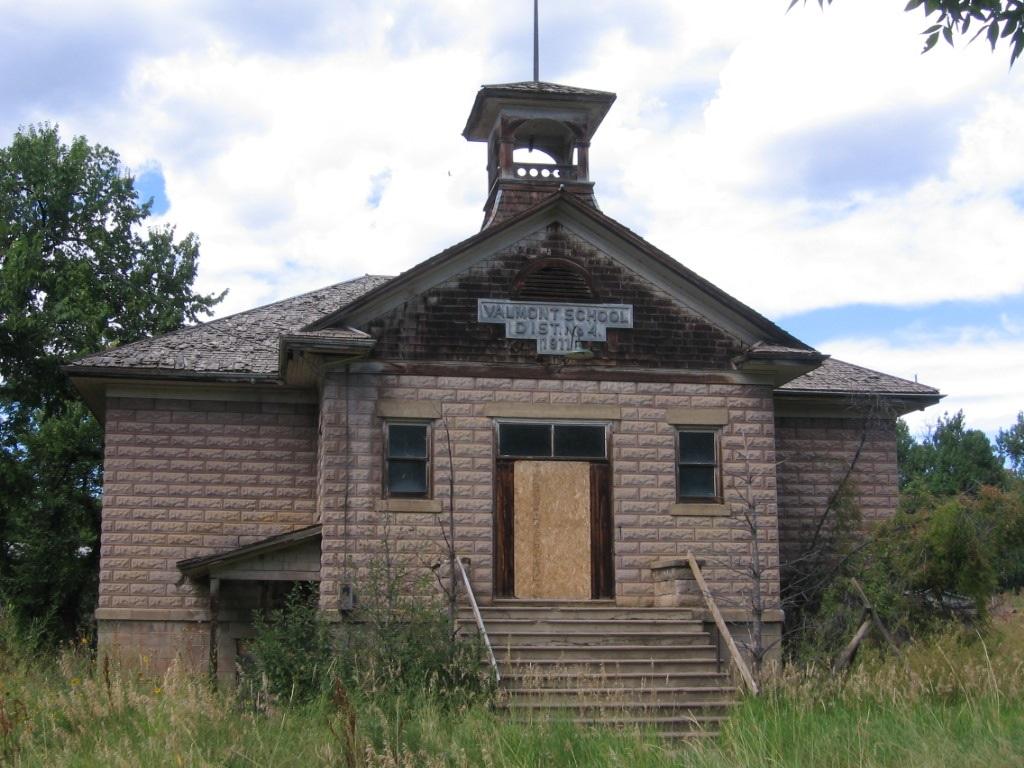
Built in 1911, the Valmont School had two rooms where students attended class through 9th grade. The school also served as a community center. The school closed in 1951 as nearby school districts consolidated.
The building represents the concrete block architecture patented by Harmon S. Palmer in Colorado in 1899. His concrete block machine mass-produced hollow concrete blocks used in construction. The school is one of the only buildings still standing in the town of Valmont.
Endangered: Victor Bowling Alley in Teller County
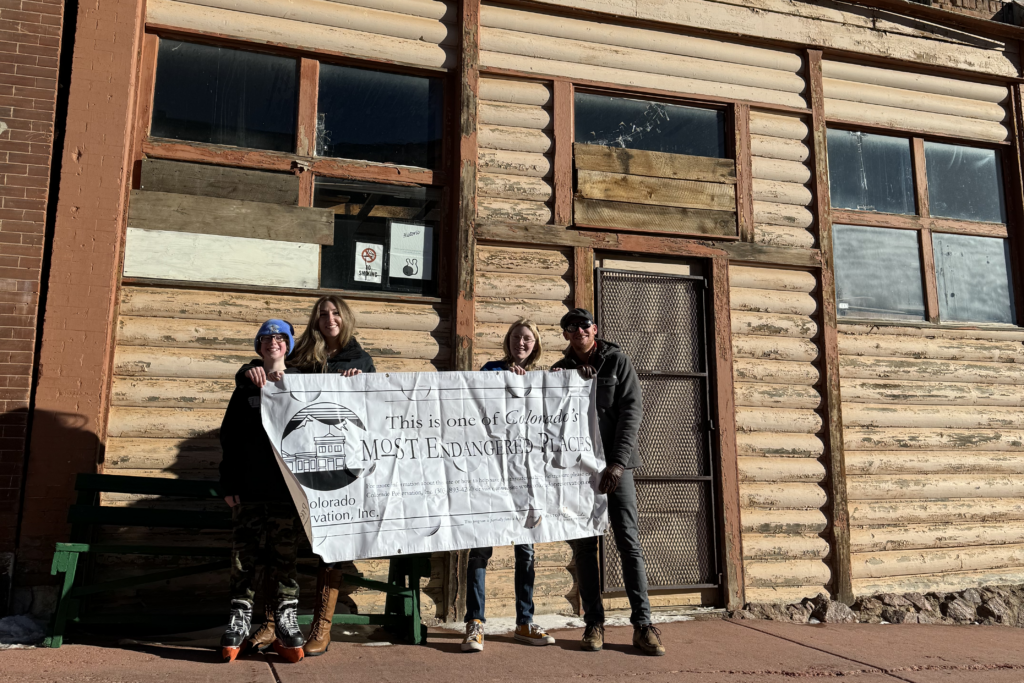
The Victor Bowling Alley was originally a grocery store, built in the year 1900 after a fire destroyed a twelve-block area of the town’s business district in 1899. It was converted into a four-lane bowling alley in the 1930s and is one of the only bowling alleys that still features manual pinsetters.
Filmmaker Stephen and Bee Morgan bought the bowling alley in 2020 with the hope of restoring it and creating a family-friendly entertainment area in what was once the town’s red light district.
Endangered: Zuni Steam Power Plant in Denver County
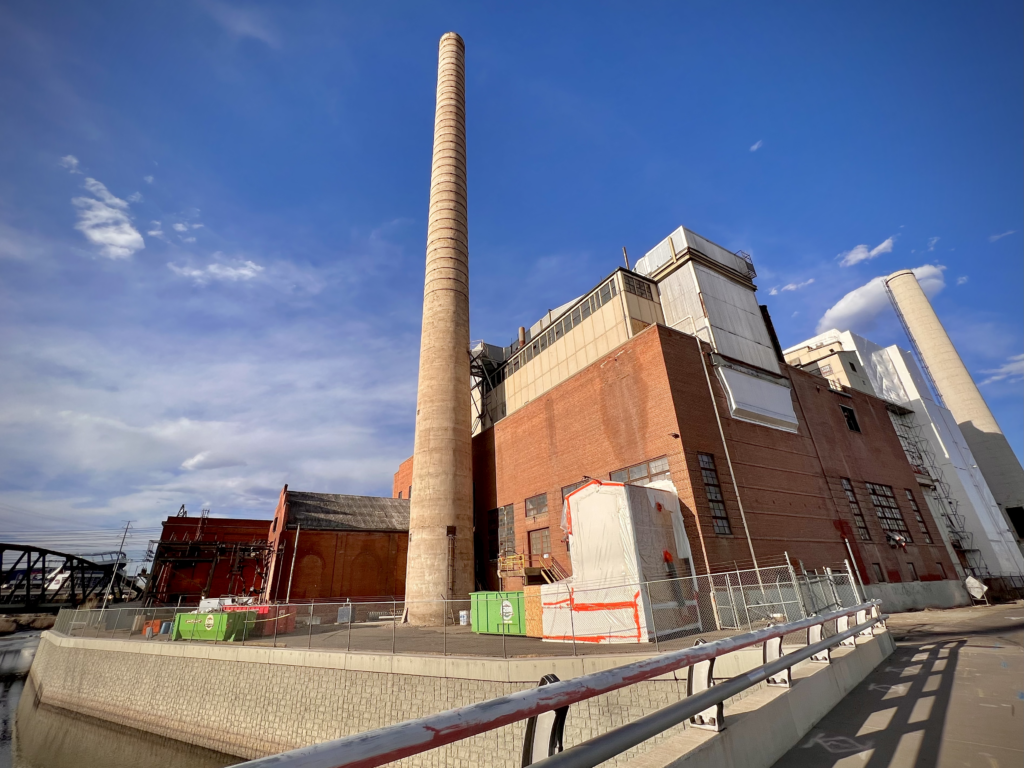
The Zuni steam power plant opened in 1901 in Denver’s Sun Valley neighborhood. Over the decades, it was used in various capacities, including to provide steam heat to downtown Denver from 2015 until 2019.
In 2020, Xcel Energy was planning to demolish the plant. However, the Denver City Council later asked the company to halt demolition in order to get input from the community and to consider preservation opportunities.
Saved: 4 Bar 4 Ranch in Grand County
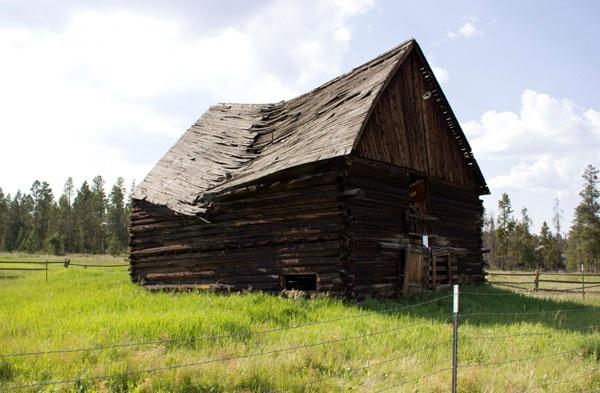
The 4 Bar 4 Ranch was added to Colorado’s Most Endangered List in 2014.
“By the time of its listing, the hotel and barn were in a severe failing condition with the lack of solid roofing materials and the harsh winters. It really degraded the structures and caused the log walls to expand outward,” said Peterson.
In 2016, the newly established Historic Fraser, Inc., which consisted of several local residents, took ownership of the buildings and began to stabilize them, using more than $300,000 in state historical fund grants.
“So the hotel was actually sunk in about five feet into the ground because it didn't have a solid foundation,” said Peterson, “And so I actually talked to Kent Meyer. He is one of the amazing volunteers with Historic Fraser, Inc. And it reminds me of, I mean life-size. Lincoln Logs basically is what happened here. They took apart that building, they built a foundation, and they put it back exactly as it was.”
Saved: The Paris Mill in Park County
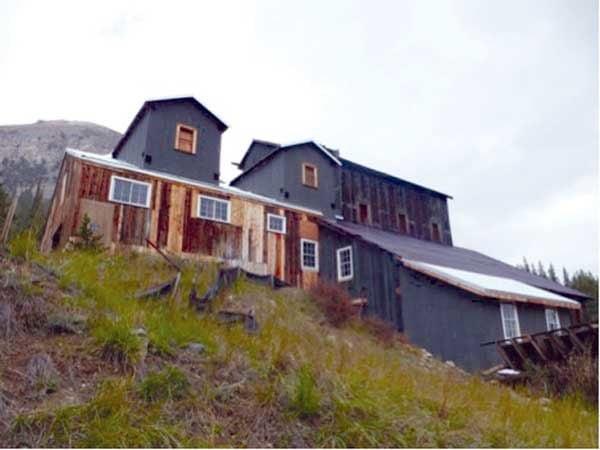
The Paris Mill in Park County was built in 1894. It was used to process precious metals from nearby mines. It had been on the Endangered Places list for 19 years. Park County bought the mill with a focus on preservation. The mill is now on the National Register of Historic Places and will open as a museum with guided tours later this year.
Lost: The 16th Street Mall in Denver County
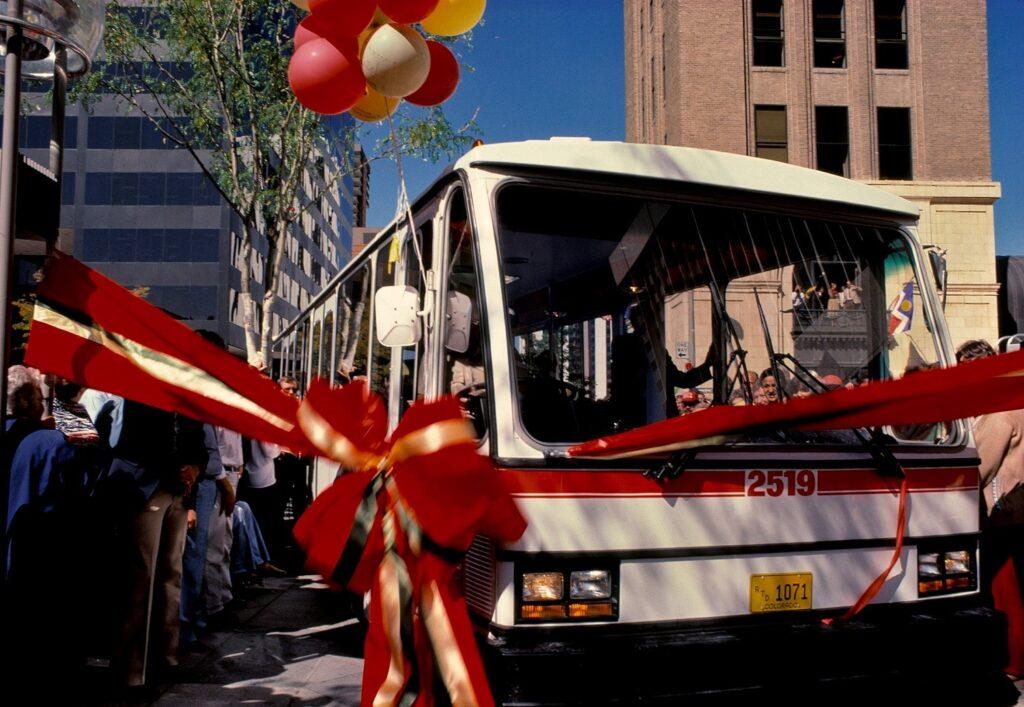
Downtown Denver’s 16th Street Mall opened in 1982. It became eligible for the National Register of Historic Places because of its internationally recognized designers, such as I.M. Pei.
It was listed on the Most Endangered Places List in 2009 and is now considered lost because its redesign will remove most of its historic characteristics.
“While the new design of the 16th Street Mall will pay some homage to the original designers, much of it will go under a significant remodel. So the new mall will utilize granite pavers, but they will be much smaller and incorporate different designs for transit and pedestrian lanes. This actually breaks the cohesion of the original diamondback pattern,” said Peterson. “One lesson that can be learned from the loss of this is the importance of recognizing the historical significance of more recent resources. Appreciating these resources and acknowledging their value can lead to other untold stories contributing to Colorado's history and culture.”









